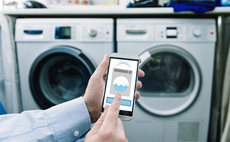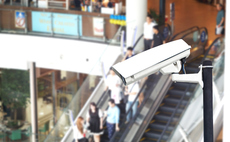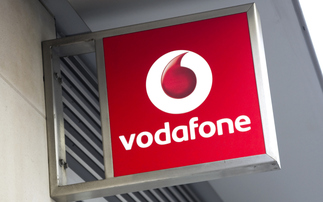Volvo to use the Internet of Things so that by 2020 no one will be killed in their cars (if Volvo's still going by then)
Internet connected devices - the so-called Internet of Things - will increase seven-fold from around just seven billion in 2008 to more than 50 billion in 2020. In the process, more than 35 bill...
To continue reading this article...
Join Computing
- Unlimited access to real-time news, analysis and opinion from the technology industry
- Receive important and breaking news in our daily newsletter
- Be the first to hear about our events and awards programmes
- Join live member only interviews with IT leaders at the ‘IT Lounge’; your chance to ask your burning tech questions and have them answered
- Access to the Computing Delta hub providing market intelligence and research
- Receive our members-only newsletter with exclusive opinion pieces from senior IT Leaders



















